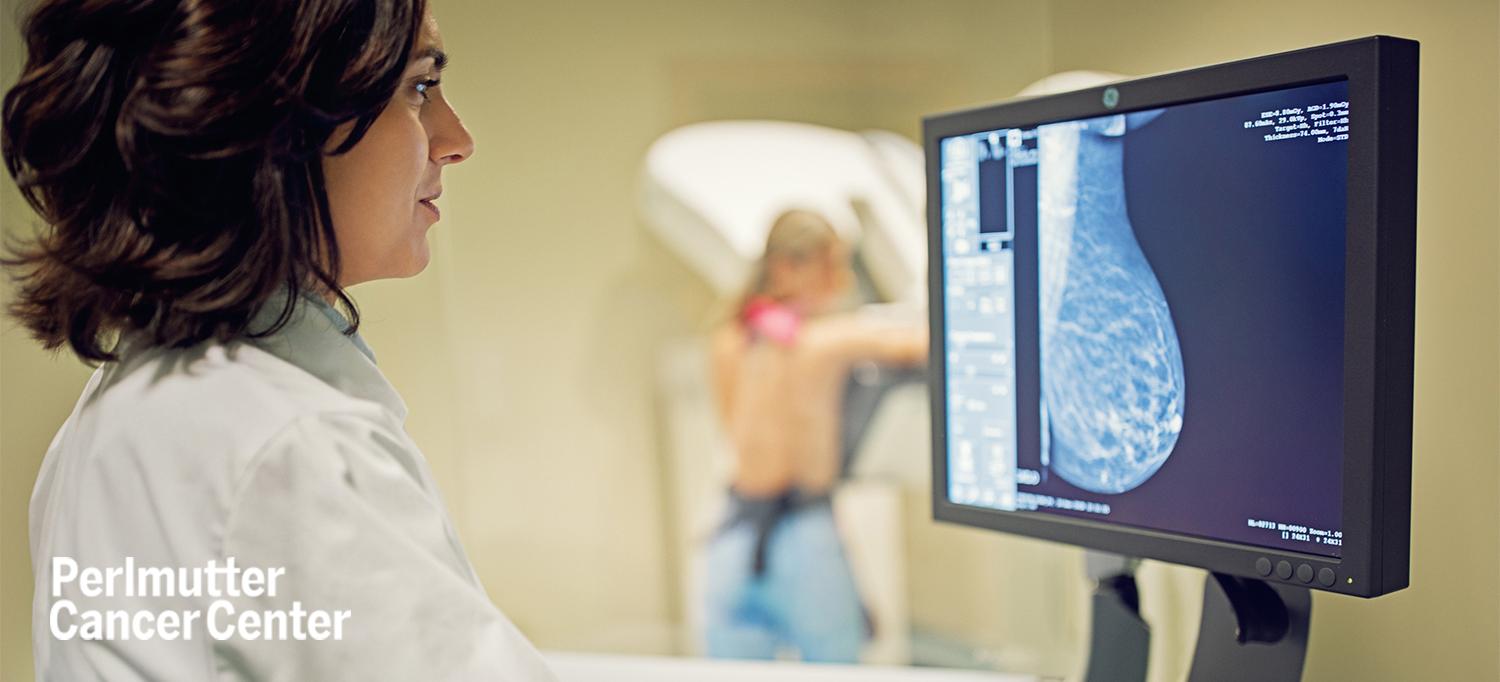
Photo: praetorianphoto/Getty
For decades mammograms have been an important part of breast cancer diagnosis, but many people do not know exactly what they are and when they should be getting one. We sat down with Monica M. Sheth, MD, clinical associate professor in the Department of Radiology and breast imaging specialist at Perlmutter Cancer Center Breast Imaging at NYU Langone—Mineola, to get some answers about all kinds of imaging and why they’re used.
Why mammograms?
Any type of screening is done to detect breast cancer in its earliest stages. Mammograms have been proven (across multiple, randomized clinical studies) to be the most reliable method to decrease risk of death from breast cancer.
What can mammograms detect?
Both invasive and noninvasive breast cancer (it shows up white).
What can’t mammograms do?
If breast tissue is very dense, it will show up in shades of white, like cancer. In this case, it’s helpful to understand your personal genetic risk for breast cancer and seek additional imaging via MRI or ultrasound.
Would the radiation from a mammogram ever give me cancer?
No. The exposure level from a scan is less than normal “background radiation” from everyday life.
Should I ever stop getting my annual mammogram and screening?
Unless indicated otherwise by a doctor, always get a yearly scan.
Is there anything else patients should know about breast cancer imaging?
Do not use thermography—it’s not approved by the U.S. Food and Drug Administration, nor has it been proven to be an effective diagnostic tool.

